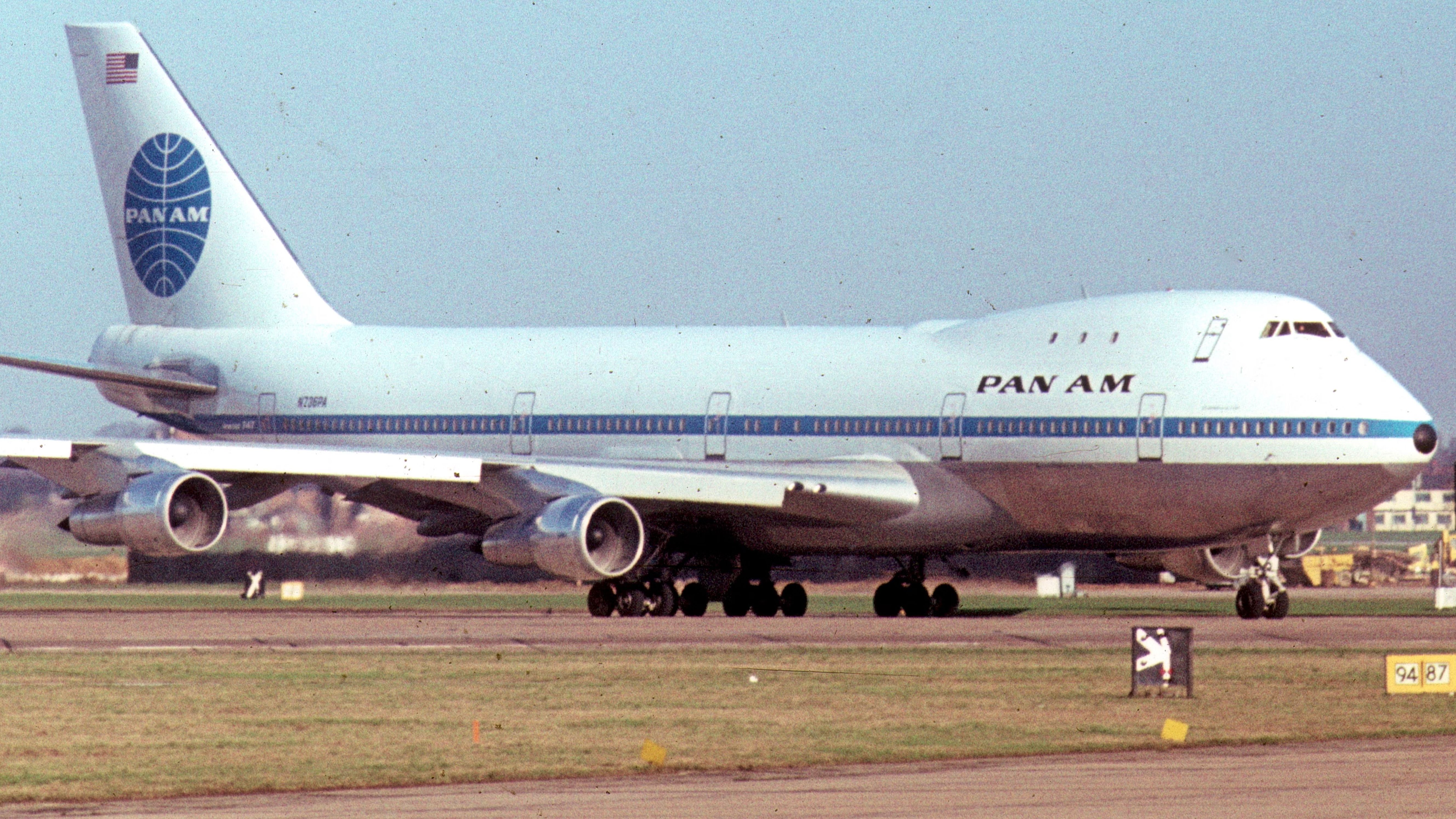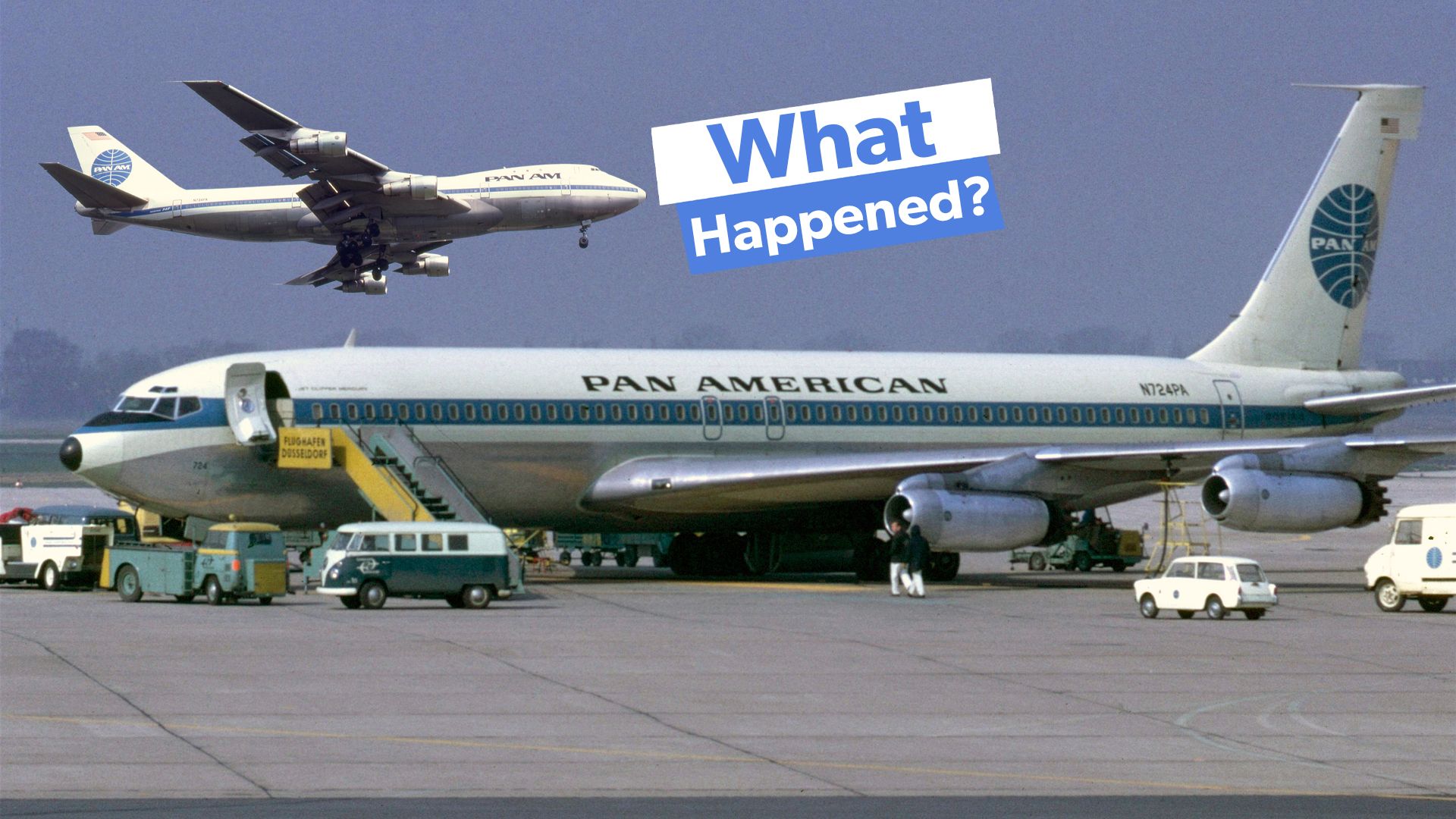Have you ever gazed at vintage travel posters and wondered about the iconic Pan Am? Once synonymous with luxury and adventure in the skies, Pan Am was the airline of choice for globetrotters.
Its name evoked images of sleek planes, exotic destinations, and unparalleled service. But what happened to this aviation giant? Why did it disappear, and where did all its glamor go? As you delve into the story of Pan Am, you’ll uncover secrets, surprises, and the intriguing twists that led to its downfall.
Are you ready to satisfy your curiosity and discover the fate of this legendary airline? Keep reading, because the tale of Pan Am is as captivating as its flights once were.
Origins Of Pan Am
Pan American World Airways, commonly known as Pan Am, began in 1927. It was founded by two former Army Air Corps majors, Henry “Hap” Arnold and Carl Spaatz. They were joined by a New York businessman, Juan Trippe. This collaboration aimed to create a commercial air travel company. Their vision was to connect the Americas by air.
Pan Am started with a single flight from Key West, Florida, to Havana, Cuba. This inaugural flight marked the birth of an aviation icon. The company quickly expanded its routes and fleet. It became a leader in the aviation industry.
Founders And Visionaries
Henry Arnold and Carl Spaatz brought military discipline. Juan Trippe added business acumen and ambition. Together, they aimed for global reach. Their goal was to make air travel accessible and efficient.
First Flights And Initial Routes
Pan Am’s first flight took off in 1927. The route was from Key West to Havana. This was just the beginning. Soon, Pan Am expanded throughout Latin America. The airline connected cities and countries like never before.
Expansion And Innovation
Pan Am was a pioneer in aviation technology. It introduced new aircraft like the Clipper flying boats. These planes made long-distance travel possible. They also set new standards for comfort and safety.
Global Influence And Legacy
Pan Am became a symbol of American aviation. It was known worldwide for innovation and style. The airline’s blue globe logo became iconic. Even today, Pan Am’s legacy influences the aviation industry.

Credit: inspireip.com
Golden Era Of Aviation
The Golden Era of Aviation was a time of innovation and excitement. This period marked significant advances in air travel. Airlines like Pan Am led the charge, setting standards high. Their influence shaped how the world viewed flying. The skies were bustling with activity, and passengers experienced luxurious travel. It was an era defined by elegance and adventure.
Pan Am’s Luxurious Fleet
During this era, Pan Am introduced a fleet of advanced aircraft. These planes offered unmatched comfort and style. Passengers enjoyed spacious seating and elegant interiors. The aircraft were designed to ensure smooth and pleasant journeys. Each flight was an experience, not just a trip. People admired the sophisticated fleet that Pan Am operated.
In-flight Experience
Pan Am’s in-flight service was exceptional. Attendants served gourmet meals and drinks. Entertainment options kept passengers engaged throughout the flight. The crew ensured travelers felt pampered and relaxed. Many compared flying with Pan Am to staying at a high-end hotel. The airline set a new standard for passenger care and comfort.
Global Expansion
Pan Am expanded its routes across continents. It connected major cities around the world. Travelers could explore new destinations with ease. The airline played a crucial role in global tourism growth. Pan Am became a symbol of international travel and adventure. Its network offered opportunities for cultural exchanges and exploration.
Influence On Culture
Pan Am influenced travel culture and fashion. Its brand became synonymous with luxury and style. The airline’s iconic logo was recognized globally. People aspired to fly with Pan Am, dreaming of exotic destinations. The airline’s impact extended beyond aviation, shaping cultural trends. It left a legacy that still resonates in travel history today.
Challenges And Decline
Pan Am faced many challenges in its later years, leading to its decline. High fuel costs and competition from other airlines hurt profits. Additionally, financial mismanagement and rising debt contributed to its downfall.
Pan Am, once a titan of the skies, faced a series of hurdles that led to its downfall. This story isn’t just about a company; it’s a lesson in adapting to change. Imagine seeing your favorite airline disappear from the sky. What went wrong, and how can you learn from their mistakes?
As a child, I remember the excitement of boarding a Pan Am flight. Those memories make their decline feel personal. But nostalgia aside, their challenges were real and multifaceted.
Economic Pressures
The airline industry is volatile, heavily influenced by economic shifts. In the late 20th century, Pan Am struggled with rising fuel costs. These expenses hit their bottom line hard.
Additionally, global economic fluctuations made maintaining profitability difficult. Airlines must adapt quickly, but Pan Am was slow to respond. Have you ever wondered what happens when a company ignores the signs of economic change?
Competition
Pan Am faced fierce competition from emerging airlines. These new players offered cheaper and more flexible options. It’s like choosing between an old friend and a new acquaintance who offers better deals. Would you stick with the familiar or opt for the new?
The inability to match competitors’ pricing and services was a significant downfall. You must innovate to stay ahead in business. Pan Am didn’t, and it cost them dearly.
Management Decisions
Leadership plays a crucial role in navigating challenges. Pan Am’s management made poor strategic decisions that impacted their longevity. They failed to diversify their routes and services when needed.
It’s a reminder that bold leadership decisions can make or break a company. Have you considered how much influence leadership has on a company’s survival?
Operational Inefficiencies
Efficient operations are vital for any airline. Pan Am’s operational costs were staggering, leading to inefficiency. They couldn’t streamline processes, which increased expenses.
Think about how your daily routines impact your productivity. Pan Am’s operational struggles were like a constant obstacle course, draining their resources.
Regulatory Challenges
Regulations in the airline industry are strict. Pan Am grappled with international and domestic regulations, adding layers of complexity. Navigating these can be like solving a complex puzzle.
Have you ever felt overwhelmed by rules? Pan Am’s inability to adapt to regulatory changes was a significant challenge they couldn’t overcome.
The decline of Pan Am is a stark reminder that staying adaptable is crucial. Economic pressures, competition, and poor management decisions can lead to failure. You must learn from these mistakes to prevent similar outcomes in your ventures.
Reflect on Pan Am’s journey and consider how you can apply these lessons. Would you make the same choices if faced with similar challenges?

Credit: simpleflying.com

Credit: simpleflying.com
Frequently Asked Questions
What Caused The Failure Of Pan Am?
Pan Am failed due to financial troubles, high operating costs, and increased competition. Terrorist attacks further damaged its reputation, leading to decreased passenger trust and declining revenues. The airline’s inability to adapt to changing market conditions ultimately sealed its fate.
Why Doesn’t Pan Am Exist Anymore?
Pan Am ceased operations in 1991 due to financial struggles, rising fuel costs, and increased competition. Their inability to adapt to changing market conditions and several unfortunate events, including the Lockerbie bombing, further contributed to their downfall. The company filed for bankruptcy, leading to its closure.
What Airline Took Over Pan Am?
Delta Air Lines acquired most of Pan Am’s assets in 1991. United Airlines also took over some of Pan Am’s international routes. Pan Am ceased operations in December 1991. Delta and United expanded their networks with Pan Am’s former routes and assets.
Is Pan Am Ever Coming Back?
Pan Am is not currently making a return. There are no confirmed plans for its revival. Many aviation enthusiasts hope for its comeback, but it remains uncertain. Stay updated with industry news for any developments.
Why Did Pan Am Go Out Of Business?
Pan Am faced financial troubles. Rising fuel costs and competition hurt profits. Poor management worsened issues.
Conclusion
Pan Am’s story is both fascinating and tragic. Once a symbol of travel dreams. It faced many challenges, including financial struggles. Competition grew tougher over the years. Changing market demands also played a role. New regulations impacted its operations. Pan Am couldn’t keep up with rising costs.
Its legacy, however, remains significant. Many still remember its iconic blue logo. The brand changed air travel forever. Despite its end, Pan Am’s story inspires. It reminds us of aviation’s golden age. A lesson in ambition, innovation, and resilience. Pan Am will always hold a special place in history.
A true aviation legend.








